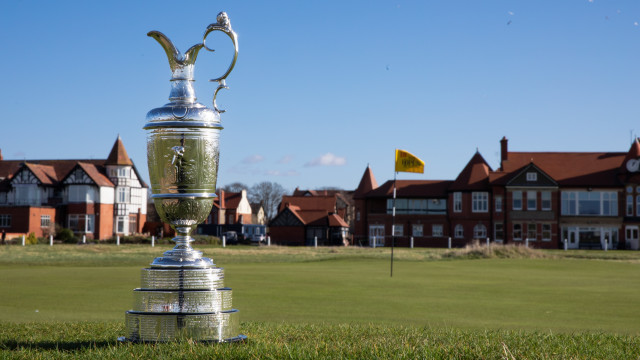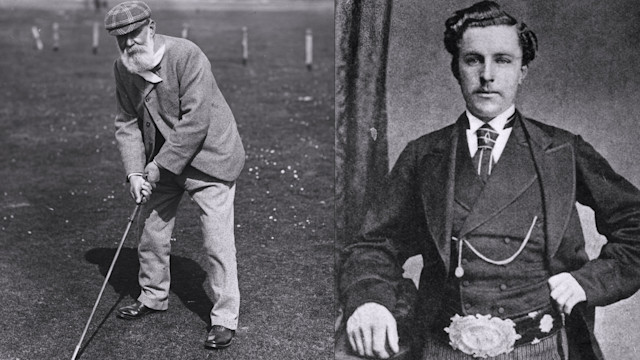Category - Major Events
2024 Open Championship: Five Things to Know
By Ryan Adams, PGA
Published on

Royal Troon's famous Postage Stamp hole.
The last men's Major Championship of the year is upon us. Set those alarms, get your coffee ready and settle in for some links golf that begins July 18 at The Open Championship.
Taking place this year at Royal Troon Golf Club on Scotland's west coast in Troon, South Ayshire, the 152nd Open Championship features a number of storylines that have come into focus.
Who will claim the last men's major of the year? How did The Open get its start? Why does everyone call No. 8 at Royal Troon the "Postage Stamp?" Those things and more in the five things you need to know about this year's Championship.
Scheffler, Schauffele and DeChambeau eye major No. 2
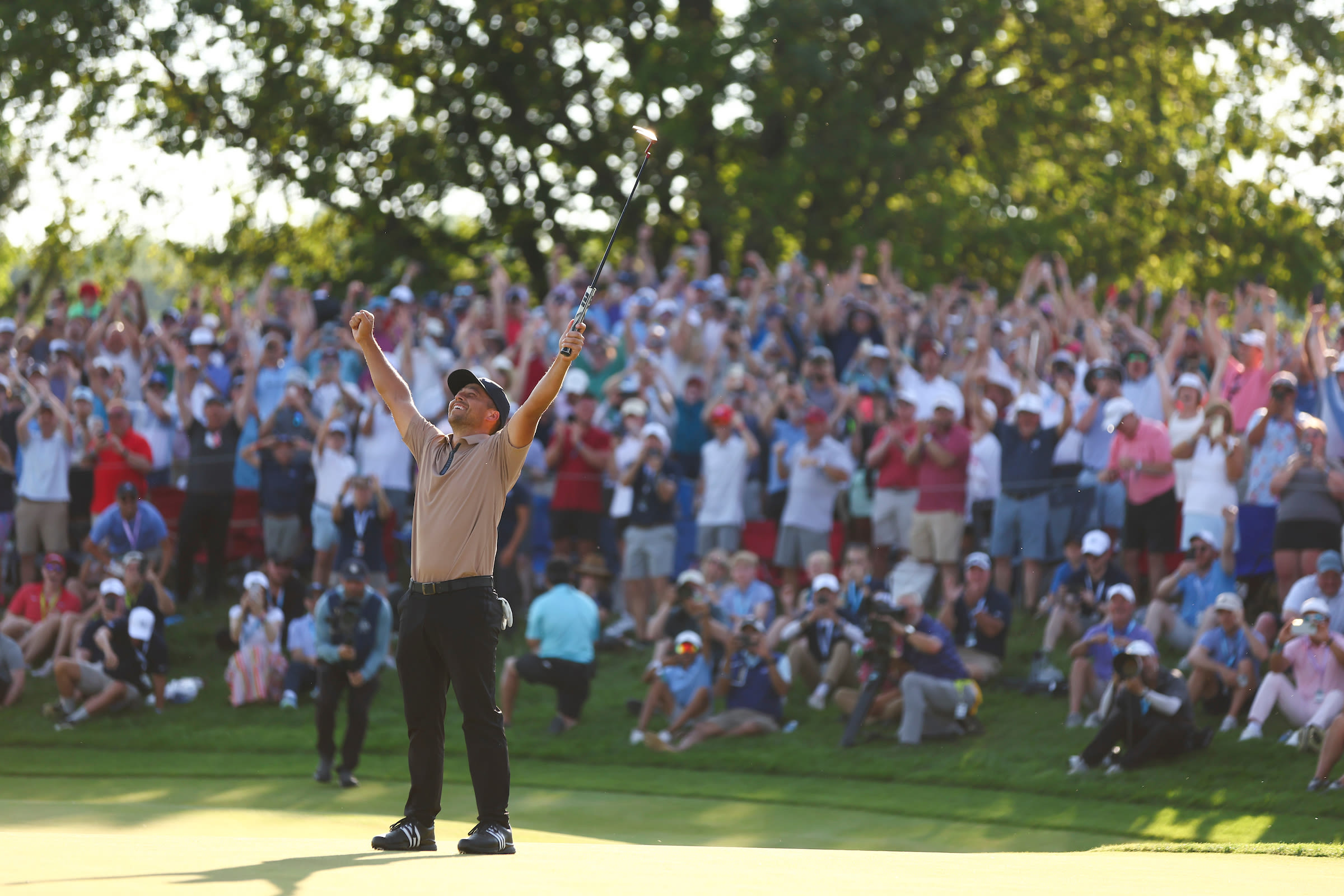
Xander Schauffele after winning the PGA Championship.
One of the things that makes The Open Championship so riveting each year is the pressure it places on the best in the world to perform. It's their last shot at a major title and in a sport that puts its legends in order based on how many majors they rack up, winning one is uber-important.
The favorites are pretty much chalk . . . you know who they are. The question is, can any player who's won one so far in 2024 do it again? Scottie Scheffler is the likely candidate to answer that question. He's well-rested and the odds-on favorite (as he should be). But Xander Schauffele's got the major monkey off his back after winning the PGA Championship. Bryson DeChambeau, winner of a dramatic U.S. Open at Pinehurst, is playing his best golf at the moment, too.
But then there's the likes of Rory McIlroy, Ludvig Åberg, Collin Morikawa and more stars trying to join those three on 2024's major ledger. And with the unpredictably of links golf at what's slated to be a windy Royal Troon, the door's wide open for just about anyone who's in form to take home the Claret Jug. Buckle up.
The oldest Open in golf

(Photo by Ross Parker/R&A)
1860. 1860!!! That's the first time The Open Championship was contested, at Prestwick Golf Club . . . just a ten minute drive from Royal Troon down the Scottish coast. For historical context, Abraham Lincoln was elected to his first term as U.S. President later that year, and outside the years of World Wars I and II, COVID-19 (2020) and in 1871 when the trophy was "unavailable," The Open has rolled along.
The idea of The Open was sparked after the death of the legendary Scottish clubmaker Allan Robertson, arguably the best golfer of his time: Who, now, was the best? Or, more officially, the Champion Golfer of the Year?
According to The Open Championship website, invitations went out to courses around Scotland and England for the best of the best to compete not for the Claret Jug (it hadn't been created yet) but for the Challenge Belt.
Old Tom Morris, Prestwick's greenskeeper who actually was apprentice under Robertson, was the local heavyweight but Mussleburgh's Willie Park Sr. would outduel him and was the first Champion Golfer of the Year. The two would go head-to-head for a number of the first few Open Championships, and both end up with four titles.
The Morris family, Old Tom and his son, Young Tom, are intrinsically linked to The Open Championship, and this feature, with the help of The R&A, detailing their legendary but tragic history is well worth a coffee golf read.
Links golf is a different breed
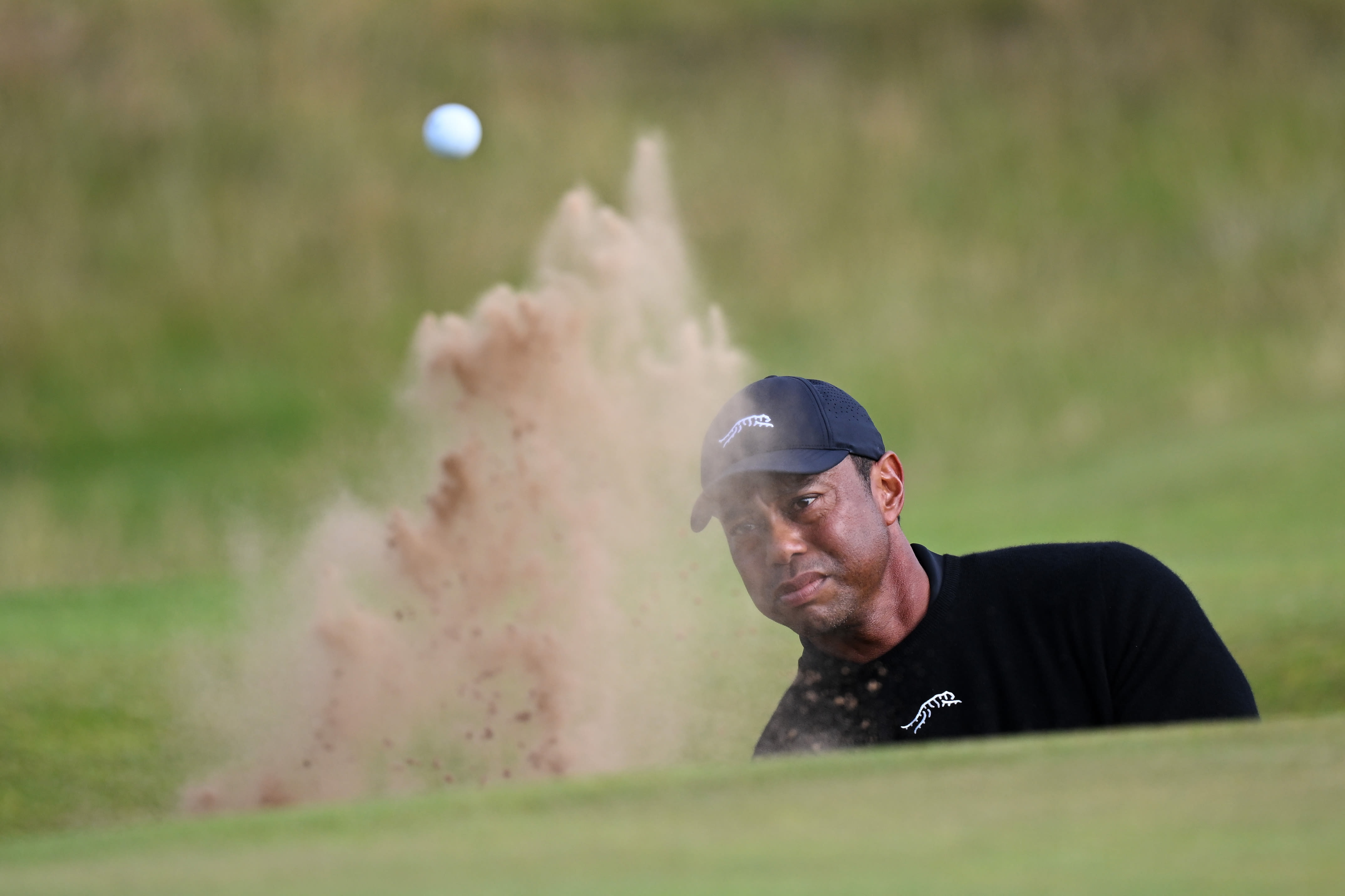
Tiger Woods at Royal Troon. (Stuart Franklin/R&A)
Part of what makes The Open Championship such a fascinating watch is the type of golf that's played. The ground is used more, hybrids and putters are used in place of lob wedges, the wind plays a major factor and the bunkers. Oh, those infamous bunkers.
While the bunker look impossible to get out, and sometimes the lie requires a sideways shot, there's a lot you can learn from watching four rounds of links golf this week. We asked Dr. Alison Curdt, the PGA Director of Instruction at Wood Ranch Golf Club in Los Angeles to share a tip on tough bunker lies:
Escape deep bunkers with ease by following these tips from the PGA Coach Alison Curdt (@Glf66Grl) from the @SCPGA! pic.twitter.com/xTRcfZJQ6X
— PGA of America (@PGA) July 21, 2023
As mentioned previously, the wind will also be factor at Royal Troon, requiring players to flight their shots and work the ball with, against and around the whichever way the wind blows across the links. Alison also shared the technique players will use do that with their wedges, and how you can, too:
Learn how to hit flighted wedge shots perfectly with this quick lesson with PGA Coach Alison Curdt (@Glf66Grl) from the @SCPGA! pic.twitter.com/mRDvh8oKNO
— PGA of America (@PGA) July 22, 2023
The PGA of America connections
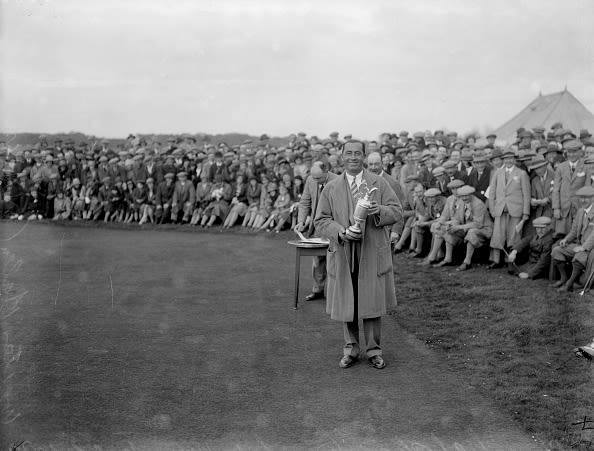
Walter Hagen with the Claret Jug.
Here's something you likely didn't know about The Open Championship: the first American who won it was a charter member of the PGA of America.
That person was also Walter Hagen, the legend who swash buckled his way through the 1920s to win 11 major titles, including four Open Championships, the first coming in 1922 at Royal St. Georges. Hagen almost repeated at Royal Troon, which hosted its first Open the following year, but was nipped by a stroke; Englishman Arthur Havers would hold the Claret Jug that year, instead.
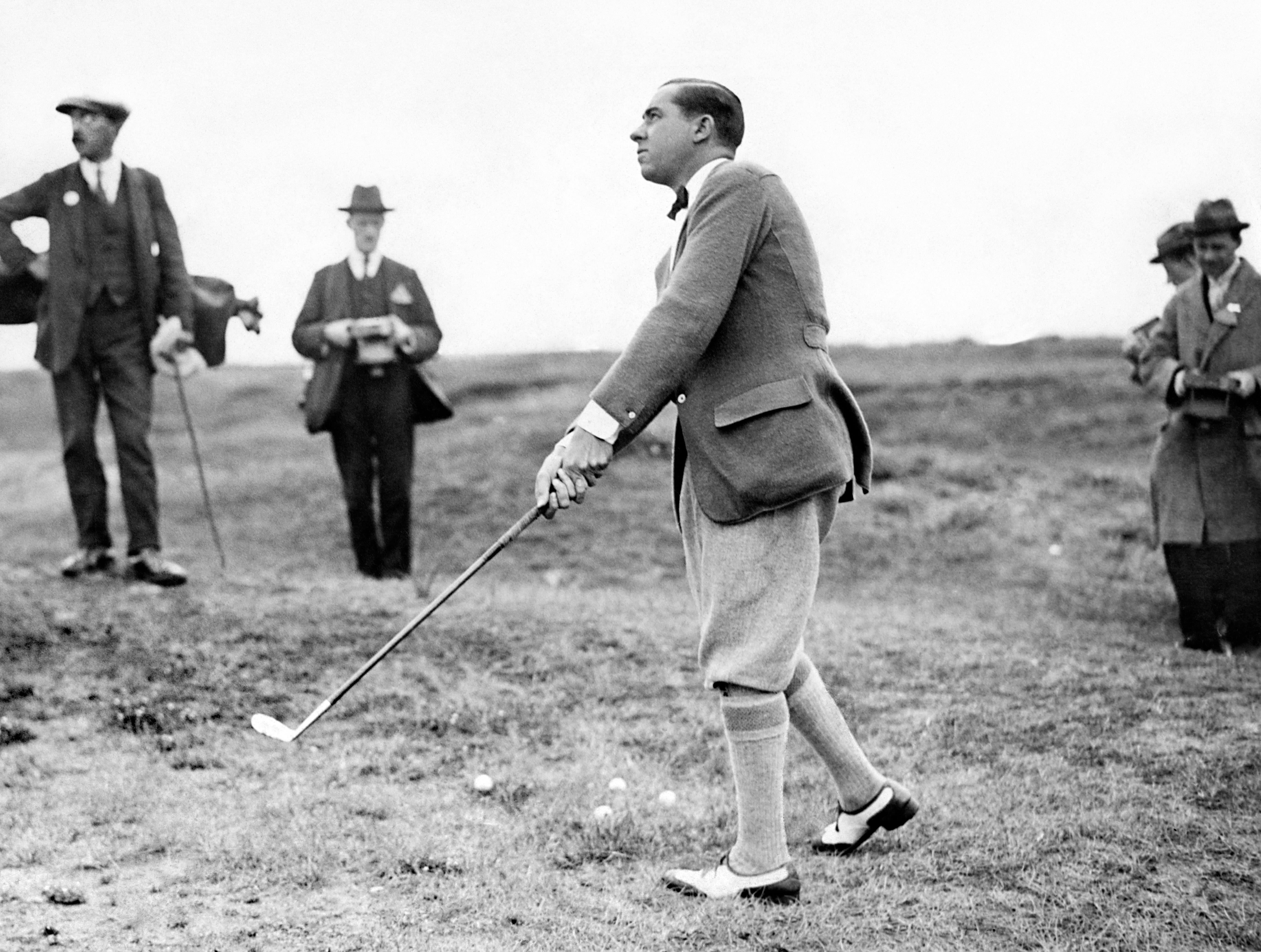
Not for long though - Hagen would come roaring back the next year at Royal Liverpool to get his second Open Championship title, followed by two more back-to-back in 1928 and 1929 at Royal St. George's again, and Scotland's Muirfield.
A primer on the Postage Stamp

The eighth hole at Royal Troon, known as the Postage Stamp.
No doubt the most-talked about hole this week, as it is every time The Open visits Royal Troon, is the par-3 eighth hole . . . also known as the "Postage Stamp."
No. 8 at Royal Troon was given the nickname by Willie Park Jr., a two-time Open Champion, who coined the phrase when he wrote in a 1909 Golf Illustrated issue that the hole had a "pitching surface skimmed down to the size of a postage stamp."
Park's phrase has stuck like glue to the eighth and for good reason. The Postage Stamp has become one of the most iconic par 3s in the world, for its beauty and its brawn.
At a measly (by tour standards) 123 yards, the length of this hole isn't where it trips players up. Instead, it's the trouble that lurks just about everywhere around the long but narrow green. There's five penal greenside pot bunkers that swallow up wayward tee shots. The green itself has steep ledges that repel shots away from their intended targets, too.
McIlroy put it best the last time The Open was here in 2016: "If you make four 3s there, you're probably going to gain a bit of ground on the field."
Stay tuned to PGA.com later this week for some more insight on playing the Postage Stamp. We've asked a few PGA of America Golf Professionals their advice on playing this devilish little hole!
